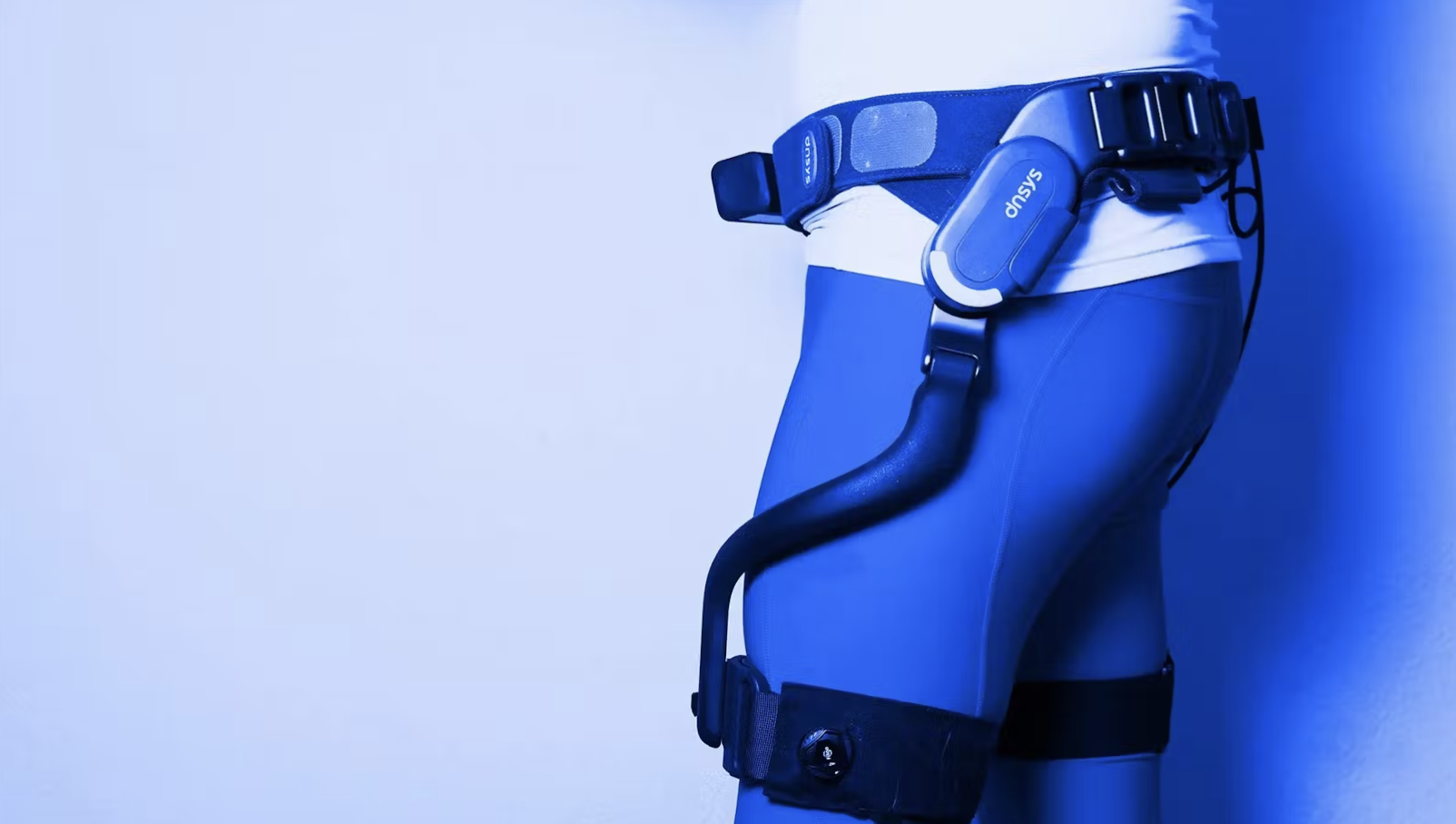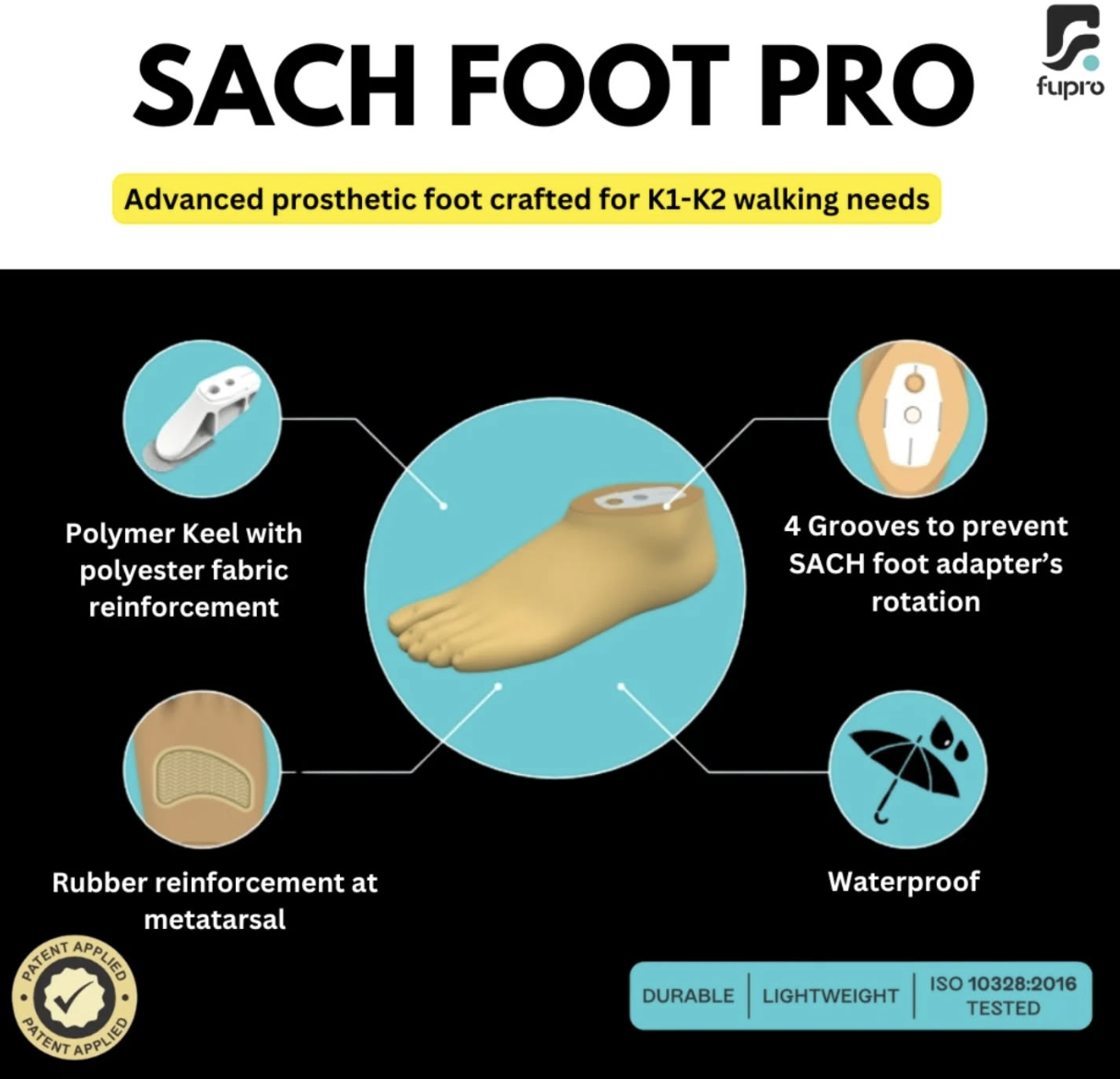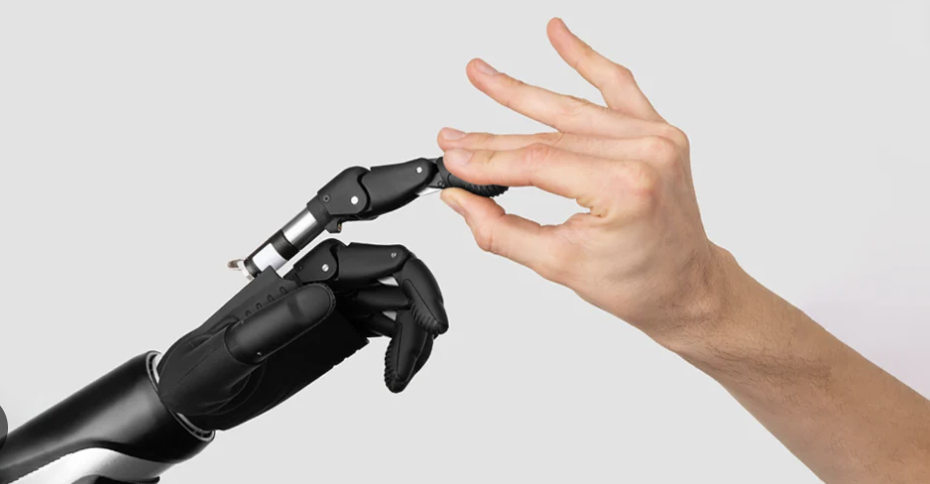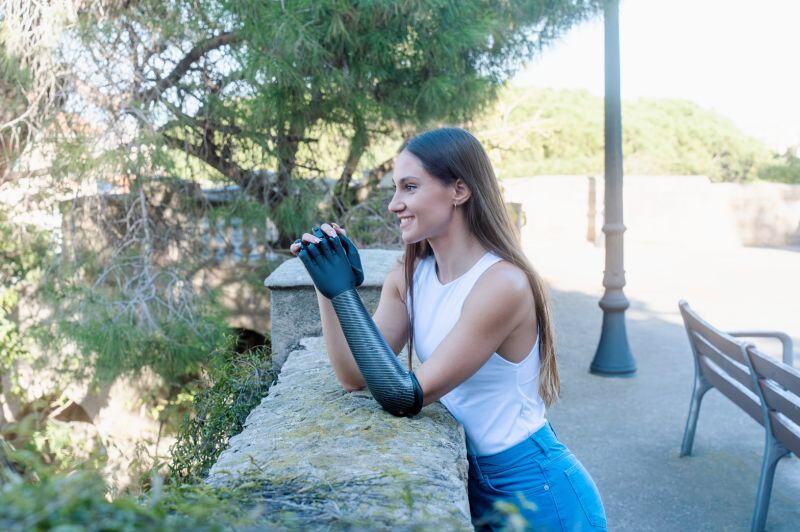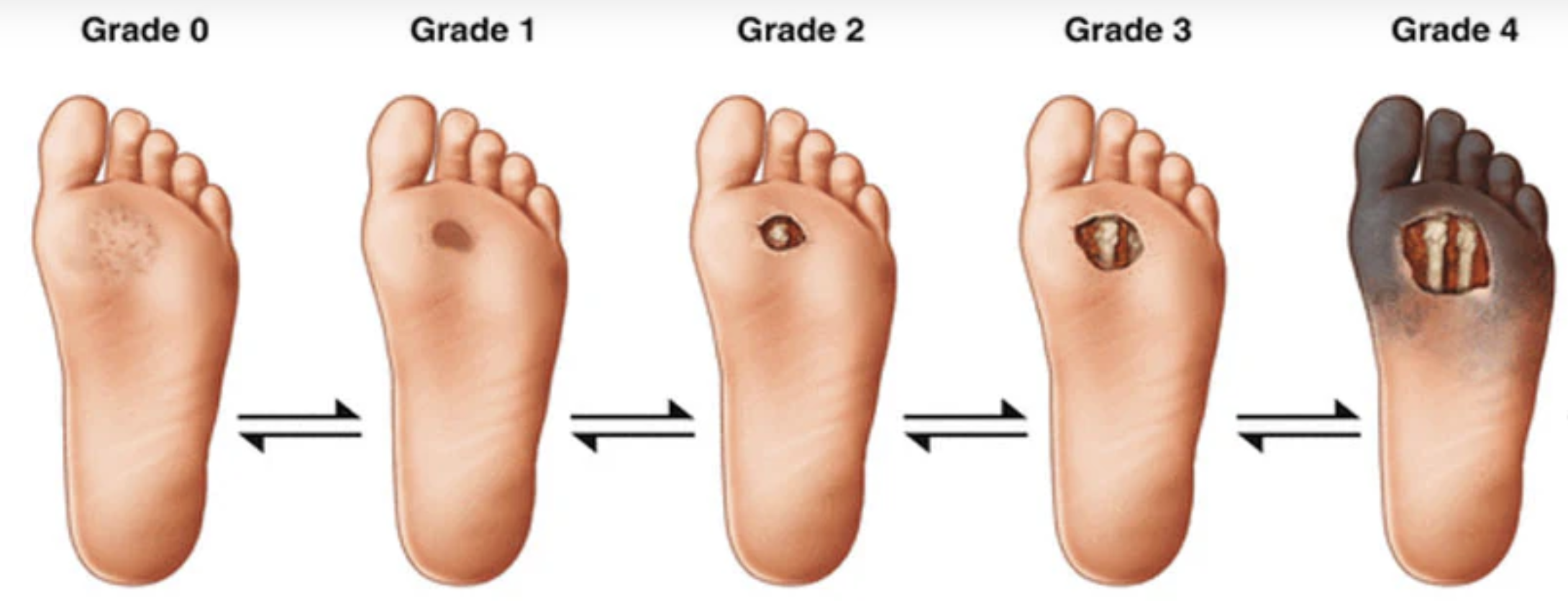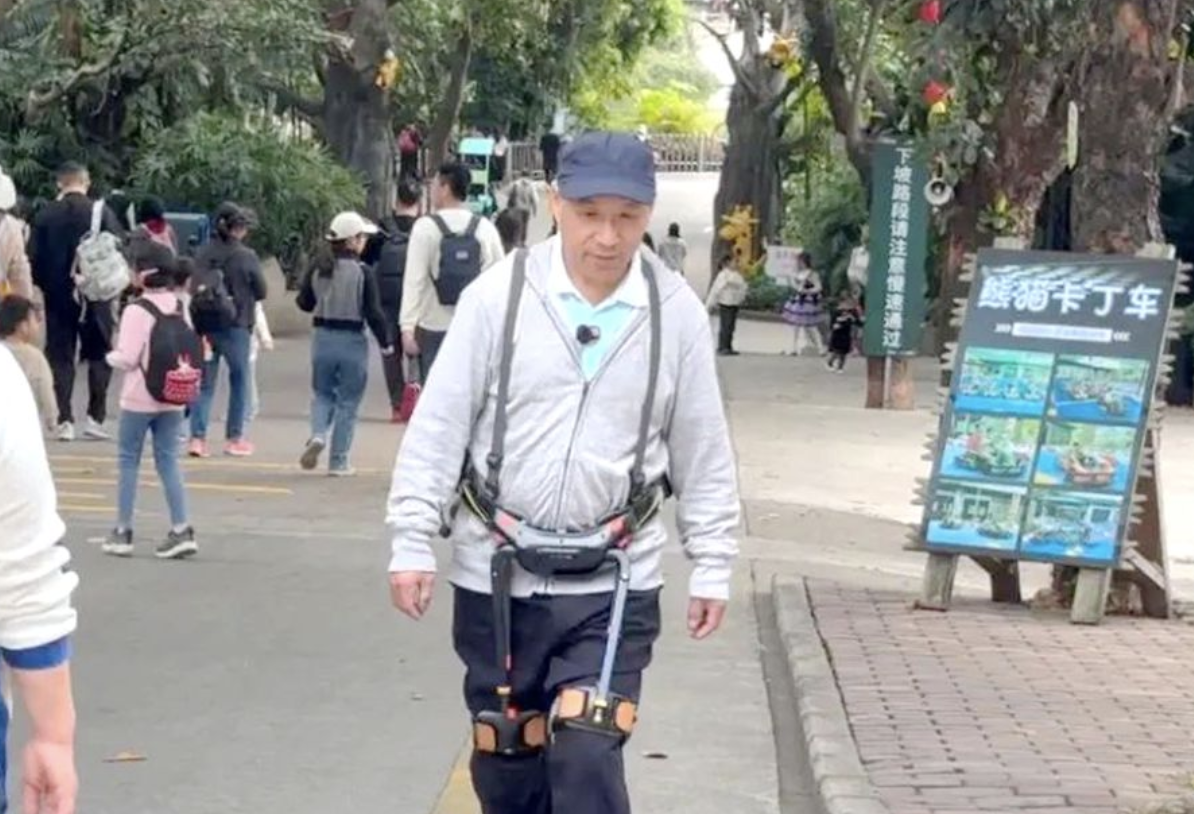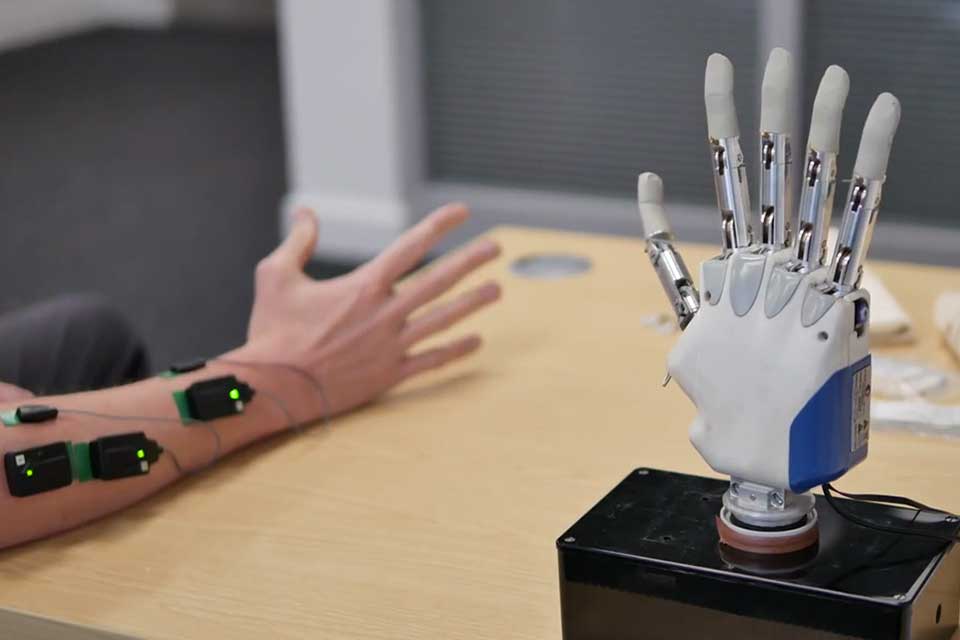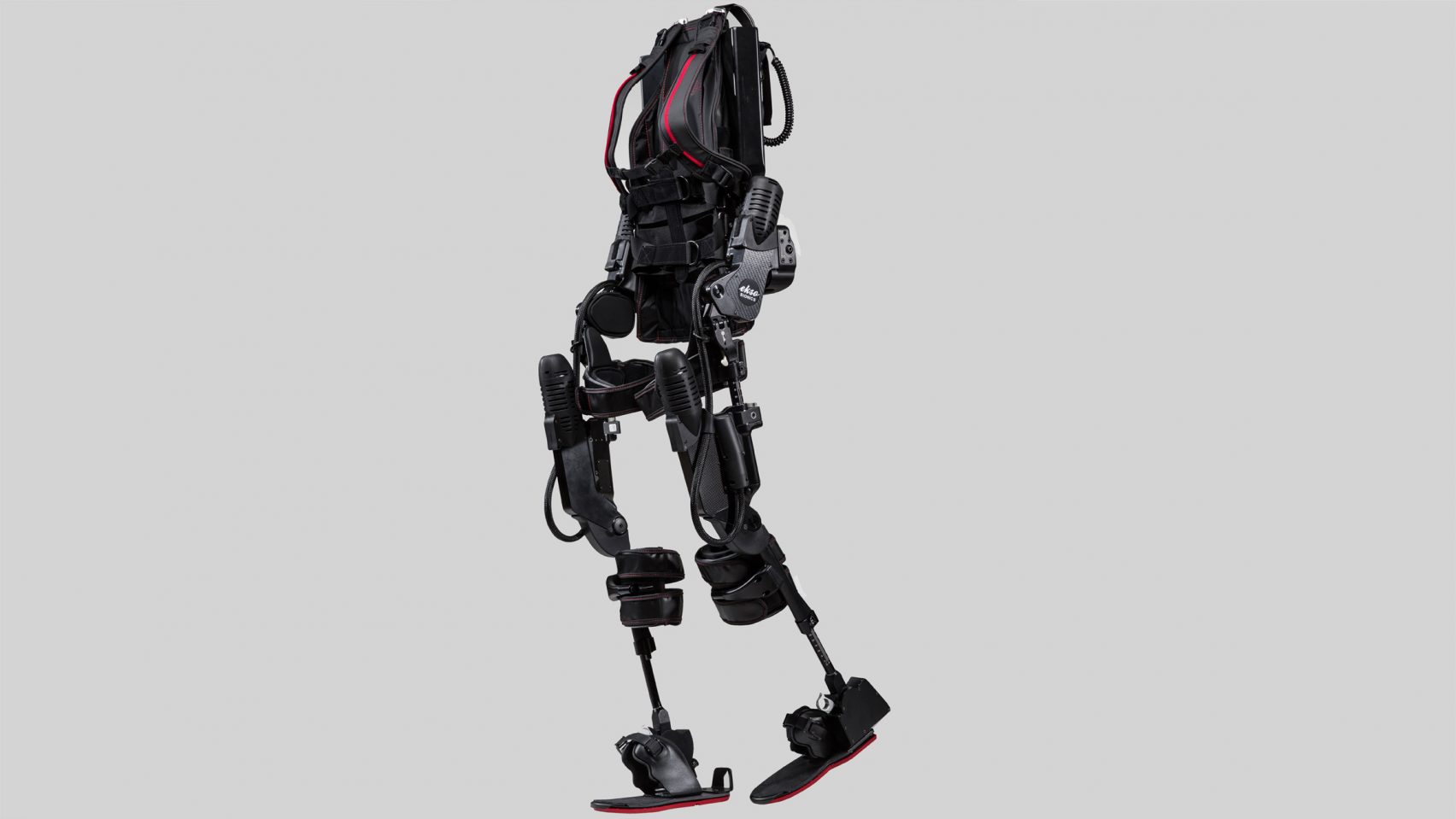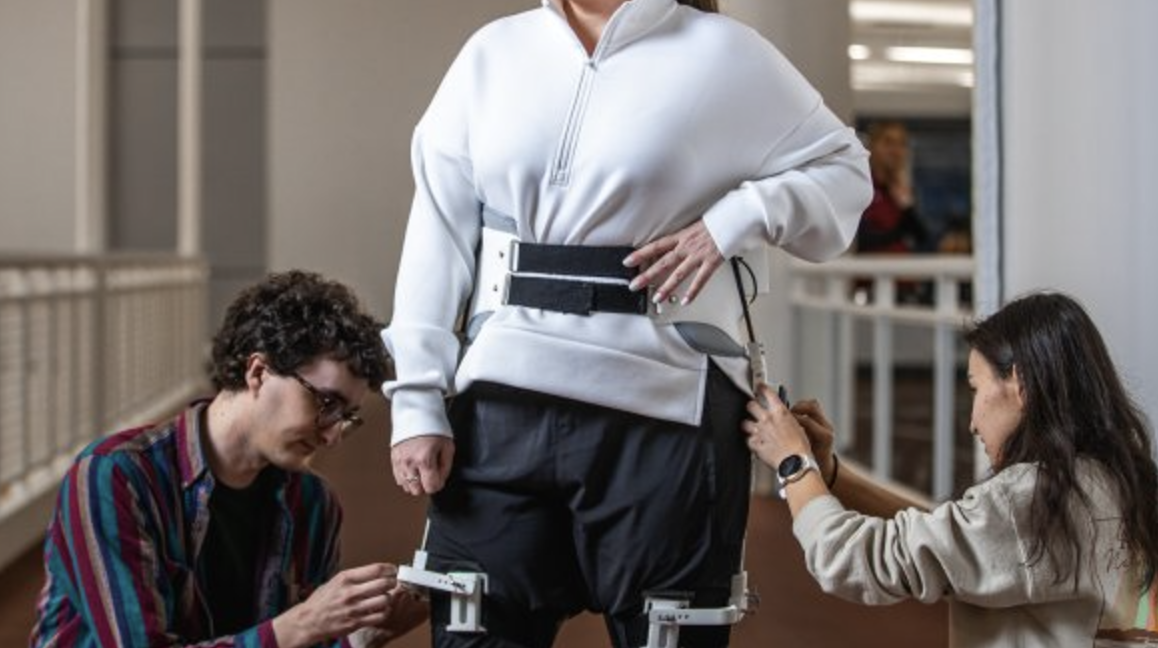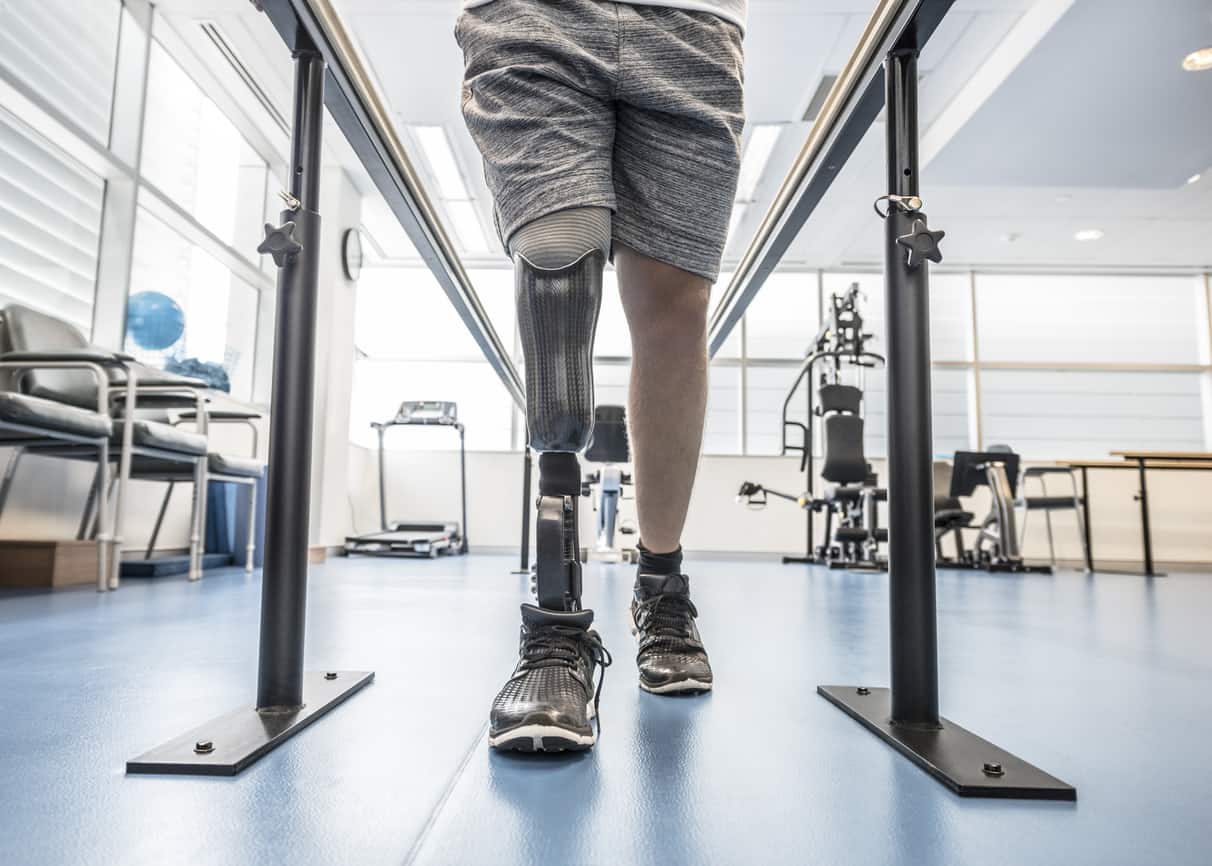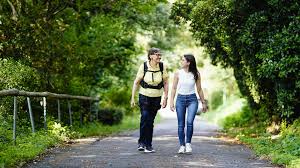A study on stroke rehabilitation has revealed promising results for patients who suffer from gait impairments due to chronic strokes. Research conducted by the IRCCS Fondazione Don Carlo Gnocchi and various universities demonstrated the effectiveness of using a bilateral hip exoskeleton, termed the Active Pelvis Orthosis (APO), to significantly increase walking speed among post-stroke individuals.
Millions of individuals worldwide struggle with mobility challenges following stroke events, which limit their independence and quality of life. Typically, these gait impairments result from unilateral muscle weakness or spasticity, making even basic movements like walking more challenging.
Stroke impacts roughly 12.2 million new patients each year, often leading to such debilitating conditions. Hence, enhancing gait recovery is recognized as one of the most desirable goals of stroke rehabilitation.
Prior studies have shown promising results from robotic-assisted gait training; nonetheless, they lacked conclusive evidence attributing enhanced walking speed solely to the technology's assistance rather than traditional rehabilitation practices. This new pilot study, involving six chronic stroke survivors, sought to address this gap by providing controlled test conditions to compare walking speeds with and without the APO.
Over the course of the study, participants walked along 23-meter pathways under conditions both with the exoskeleton providing assistance and without it. The results were encouraging. Participants recorded an average increase of 20.2% (0.14 m/s) in their self-selected walking speeds when assisted by the device. This speed increment was not only statistically significant but also clinically meaningful, surpassing minimal important difference metrics set for gait rehabilitation.
Through careful analysis, the researchers revealed insights on the mechanics of gait improvement. The enhanced walking speed resulted from increased cadences and longer stride lengths on both the affected and unaffected limbs. These advancements signify not just faster movement but also improved gait quality, reflecting enhanced stability and reduced fall risk.
According to the authors of the article, "The observed increment was on average by 20.2 ± 5.0% and was statistically and clinically meaningful," emphasizing the potential of this technology to contribute positively to stroke rehabilitation.
Despite these promising findings, researchers acknowledge the small sample size limits the generalizability of results. They propose larger-scale clinical trials to validate the efficacy of the exoskeleton across various patient demographics, which might include individuals with varying functional mobility and spasticity levels.
Currently, most stroke survivors struggle to achieve the comfortable walking speeds typically seen among healthy individuals. Only about 12% manage the more favorable gait speeds needed for unrestricted community ambulation post-stroke, making innovations like the APO urgent.
Studies indicate comfortable walking speeds of 0.49 m/s for home ambulation and above 0.93 m/s for unrestricted community mobility are optimal; these exoskeleton-assisted strides could facilitate more individuals crossing these thresholds.
The researchers concluded on the importance of continuing research to explore the neurophysiological and muscular adaptations resulting from exoskeleton assistance. Understanding these concepts more deeply may inform the design of future rehabilitation protocols and potentially lead to more personalized treatment approaches.
"Future clinical studies should assess the effectiveness of the proposed method on larger samples and broader populations," the authors stated, underscoring their commitment to refining stroke rehabilitation strategies.
Overall, the utilization of hip exoskeletons presents intriguing possibilities for enhancing the mobility and quality of life for stroke survivors, offering new pathways toward recovery and independence.
